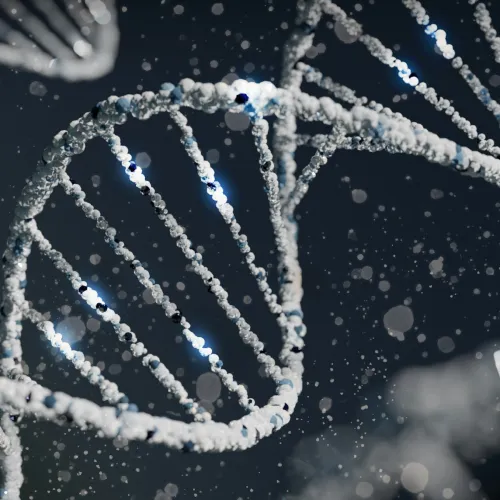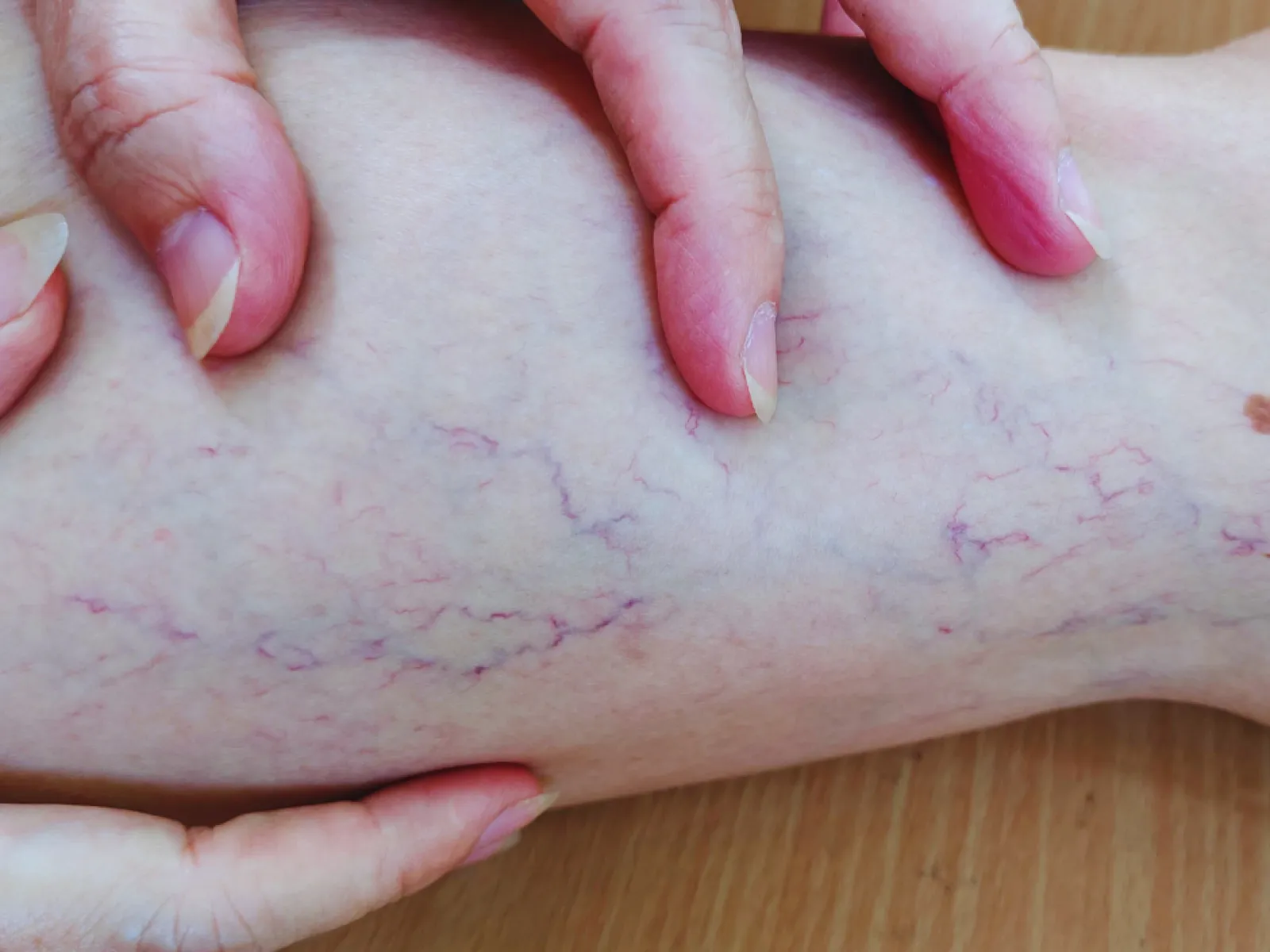
Varicose Vein Treatment in Atlanta
Minimally Invasive Treatment for Heavy Legs, Aching Legs, and Swollen Ankles

Looking for Relief From Varicose Veins?
We offer minimally invasive, comfortable in-office treatments that effectively remove problem veins, relieve symptoms of venous reflux, improve circulation, and help your legs look younger. There are several options for vein treatment available. Varicose veins are swollen, twisted veins that show up just beneath the skin, usually on the legs and feet. They happen when tiny one-way valves in your veins don't work right, causing blood to collect and put pressure on the veins, making them bulge and twist.At Advanced Vascular & Vein, our interventional radiology team uses advanced imaging and minimally invasive methods to find and treat the real cause of varicose veins, not just the visible signs.
At Advanced Vascular & Vein, our interventional
radiology team uses state-of-the-art imaging and minimally invasive techniques
to diagnose and treat the underlying cause of varicose veins, not just the
surface appearance.
What Causes Varicose Veins?
Varicose veins are caused by venous reflux, a failure of the
vein valves that normally keep blood flowing upward toward the heart. When
these valves weaken, blood flows backward and builds up in the veins, causing
visible swelling and discomfort.
Common causes and contributing factors include:

Genetics
Family history of vein disease

Age
Vein walls lose elasticity over time

Gender
Women are more likely to develop varicose veins due to hormonal changes

Pregnancy
Increased blood volume and vein pressure

Prolonged Standing or Sitting
Especially in certain occupations

Obesity or Sedentary Lifestyle
Increases pressure on the veins

Previous Blood Clots or Vein Injuries
Past damage to veins from blood clots (DVT) or physical trauma can weaken vein walls and valves

Varicose Veins Symptoms
Symptoms can range from cosmetic concerns to significant discomfort. If you experience any of these symptoms, the experts at Advanced Vascular & Vein can perform an ultrasound evaluation to determine the severity and best treatment plan. Common signs include:
- Bulging, rope-like veins visible beneath the skin
- Aching or heaviness in the legs
- Swelling of the ankles or lower legs
- Throbbing, burning, or itching
- Skin discoloration or thickening near the ankles
- Leg cramps, especially at night
- Open sores or ulcers (in advanced stages)
Minimally Invasive Varicose Veins Treatments
We're proud to offer leading-edge, non-surgical vein treatments performed by board-certified interventional radiologists. These procedures are done on an outpatient basis, with minimal downtime and exceptional results.
Venous Closure (Endovenous Ablation)
This highly effective treatment uses radiofrequency or laser energy to close the diseased vein. Once sealed, blood is naturally rerouted to healthy veins. The benefits include a quick recovery, minimal discomfort, no general anesthesia, and excellent long-term results.
Venous Stenting
When deeper veins are narrowed or compressed, such as in May-Thurner Syndrome, a stent can be placed to restore normal blood flow and reduce leg swelling or pain. Effective treatment for chronic venous obstruction and pelvic congestion.
Frequently Asked Questions About Varicose Veins
How to Get Rid of Varicose Veins?
To effectively get rid of varicose veins, medical treatment is necessary since damaged veins cannot repair themselves. At Advanced Vascular & Vein, we offer minimally invasive options that permanently close problem veins. Your body naturally reroutes blood through healthy veins while the treated veins are absorbed.
Are Varicose Veins Dangerous?
While varicose veins aren't immediately life-threatening, they can lead to serious varicose veins complications if left untreated. Risks include superficial thrombophlebitis (vein inflammation), venous ulcers that won't heal, and increased risk of blood clots. Severe cases may progress to chronic venous insufficiency or skin changes. If you experience sudden leg swelling, warmth, or severe pain, seek immediate medical attention as these may indicate deep vein thrombosis.
How to Prevent Varicose Veins?
While you can't always prevent varicose veins completely, especially with genetic factors, you can reduce your risk. Regular exercise for varicose veins improves circulation. Elevate legs above heart level for 15 minutes several times daily. Wear compression stockings if you stand or sit for long periods. Maintain a healthy weight, avoid crossing your legs, and change positions frequently.
How to Treat Varicose Veins?
Modern varicose vein treatment has evolved beyond surgery. We treat varicose veins using advanced techniques, including endovenous ablation (using laser or radiofrequency), sclerotherapy for smaller veins, and ambulatory phlebectomy for surface veins. Conservative management with compression stockings helps symptoms but won't eliminate veins. Each treatment plan is customized based on vein size, location, and severity.